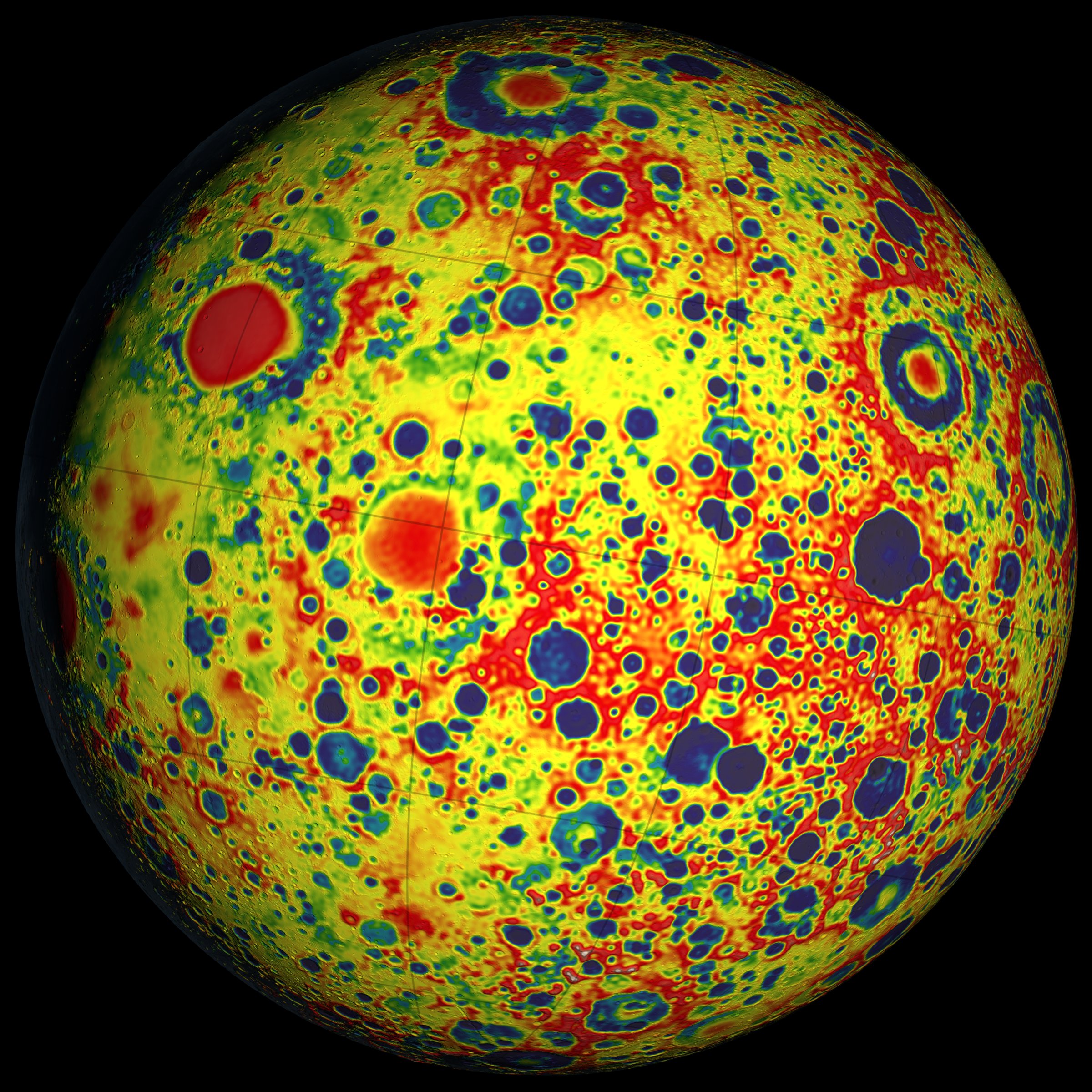Having just bought a good android tablet my appreciation of the value of the sensors for physics practical work has greatly increased. Just a discussion of how the sensors work can be the basis for several lessons. Of course smartphones and tablets vary in terms of the sensors included and even of how a given sensor works so the teacher needs to do some research first.
Common sensors may include:
Microphone (audio sensor)
Camera
Ambient light sensor
Screen (touch sensor)
Proximity sensor
Wifi (wifi sensor)
Accelerometer
Magnetic field sensor
Location sensor (GPS/wifi)
Here are two articles which give a short introduction to the subject. I have not yet found anything comprehensive. I expect to post more about this later.
Sensors used in Smartphone - a brief overview
Mobile devices gather piles of data that you may actually find helpful - describes how the accelerometer can be used
For apps look for terms such as lightmeter, sound meter, metal detector, accelerometer.
.png/220px-Front_view_of_Nexus_7_(cropped).png)

